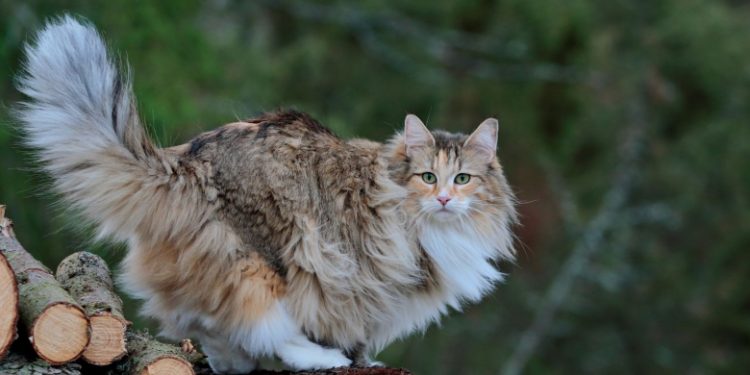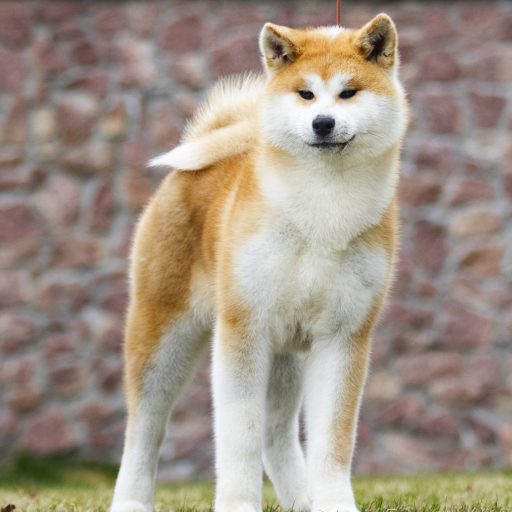The Norwegian or Norwegian Forest Cat has everything of a wild, rustic and solitary breed. Nevertheless, he remains a cat of great gentleness and totally adapted to the life of Man. Thus, the Norwegian proves to be an excellent daily companion. If he keeps his hunting instincts, this medium-long to long-haired cat is very loyal to his owner and his adoptive family. Affectionate, intelligent, he likes to play with children, just as he likes to exert himself daily, whether outdoors or with indoor accessories.
Breed History
The Norwegian is not the result of any crossbreeding. According to the Norwegians, this breed has been around forever. It is a cat from a natural evolution and would have been domesticated in the first place by the Vikings. The most resilient cats survived the dire conditions in Norway. Gradually they descended into the heart of Europe.
The Norwegian began to make himself known around the 1930s, on the occasion of a few exhibitions. However, it was not until the 1970s and 1980s, after almost disappearing, that the Norwegian entered French, German and American homes. Today, it is one of the favorite breeds of the French.
Physical peculiarities
His body: robust and muscular. The body of the Norwegian makes an impression of power. It has shorter legs at the front than at the back.
His hair: the Norwegian’s fur is mid-long to long. It is uniform with more long hairs at the level of the neck. The undercoat is more woolly, which accentuates an impression of heaviness and depth.
Its color: all colors are tolerated, except for lilac, chocolate and fawn. A Norwegian is above all talked about for the quality of his hair more than his color.
His head: his head resembles an equilateral triangle. The balance is perfect with a slightly rounded forehead.
His eyes: they are large, almond-shaped and of all colors. The latter is often in agreement with the dress.
Its ears: bushy, triangular in shape and slightly tilted forward.
Its tail: it is particularly provided, quite long and stands up at the end.
Feed
The Norwegian’s diet must meet a significant need for animal protein, trace elements and vitamins. He needs a balanced diet, adapted to his morphology, his age and his daily physical activity. Finally, he must have access to fresh water at all times, in order to hydrate himself properly.












